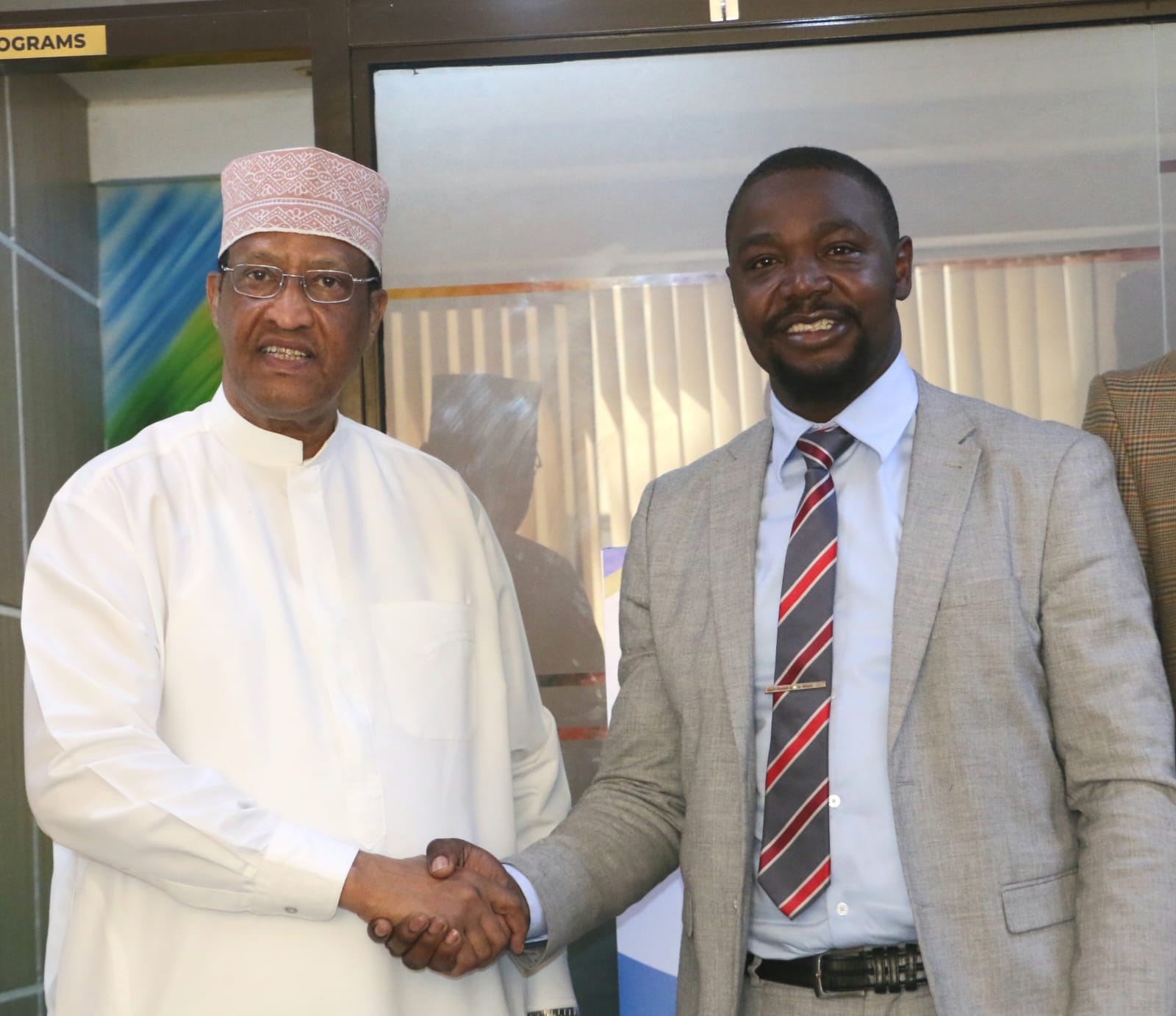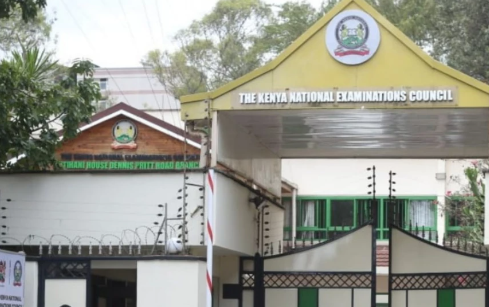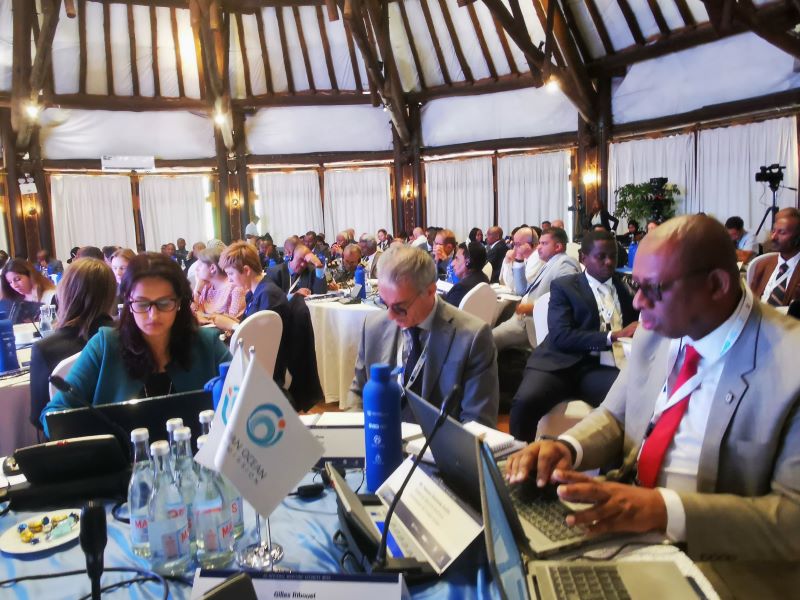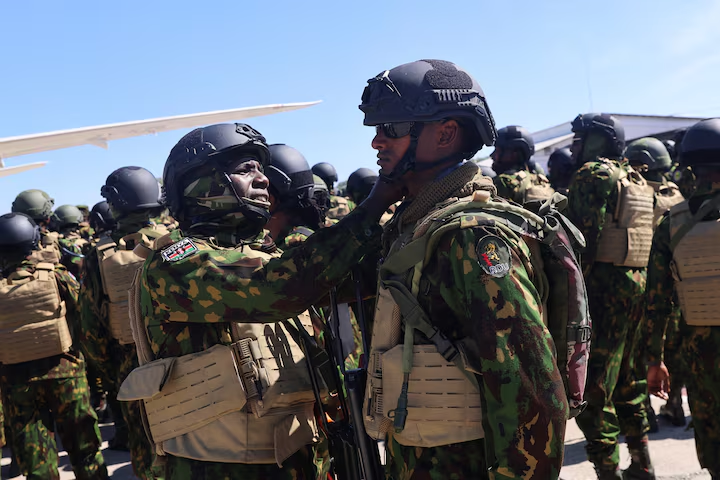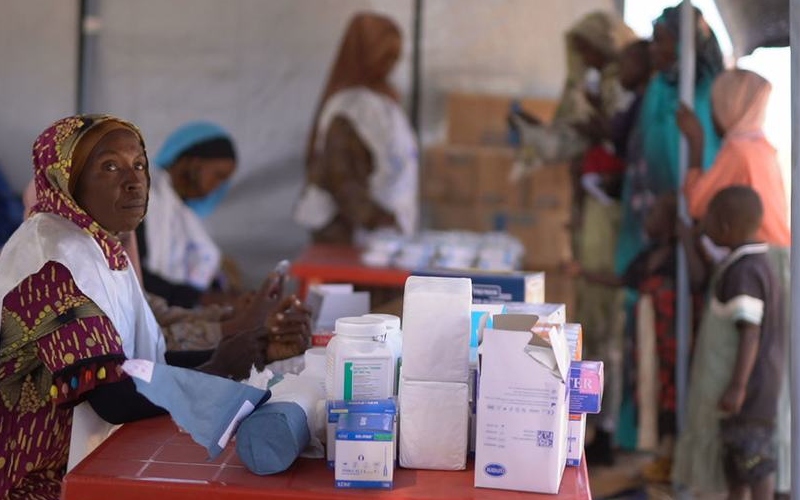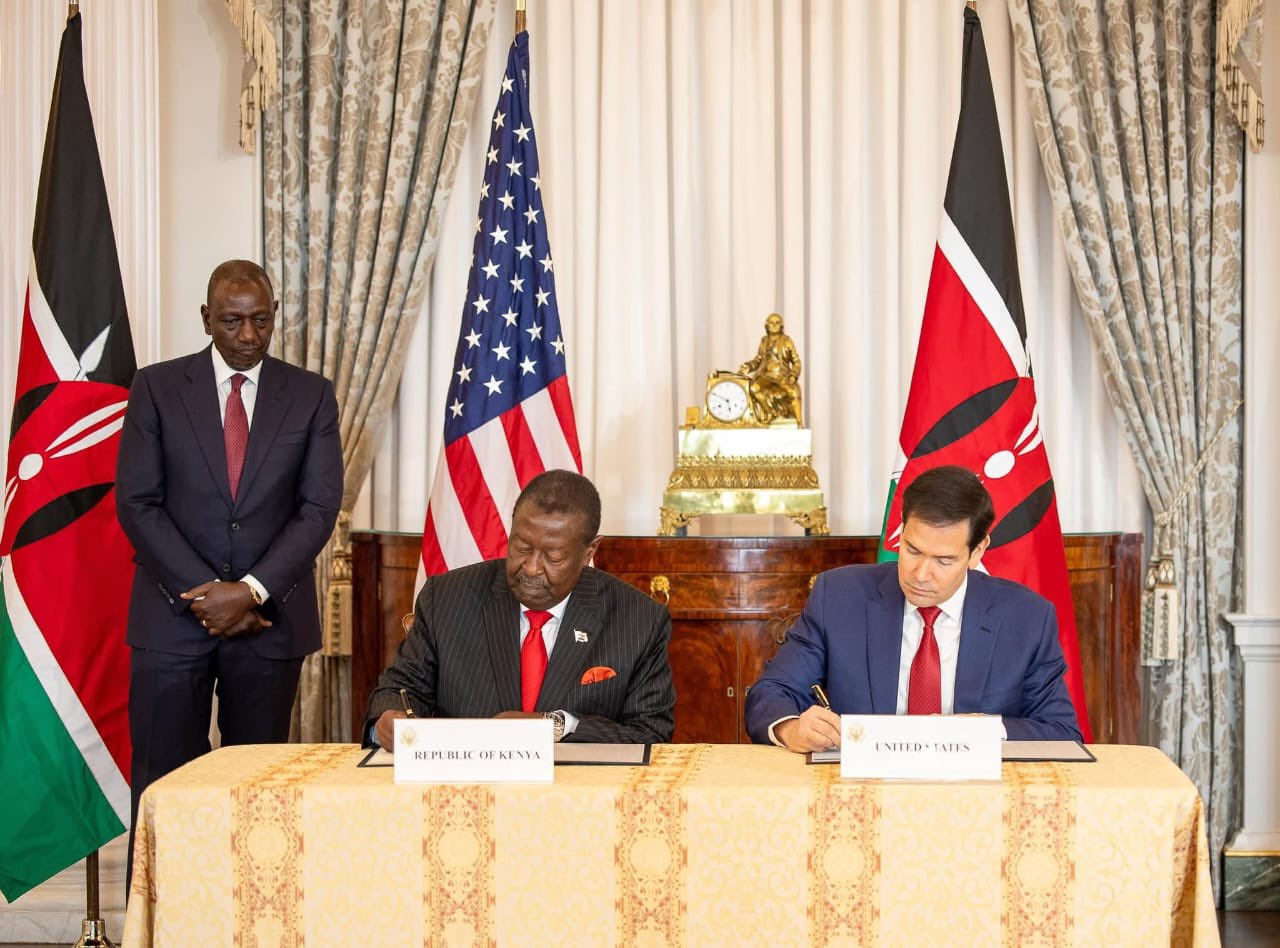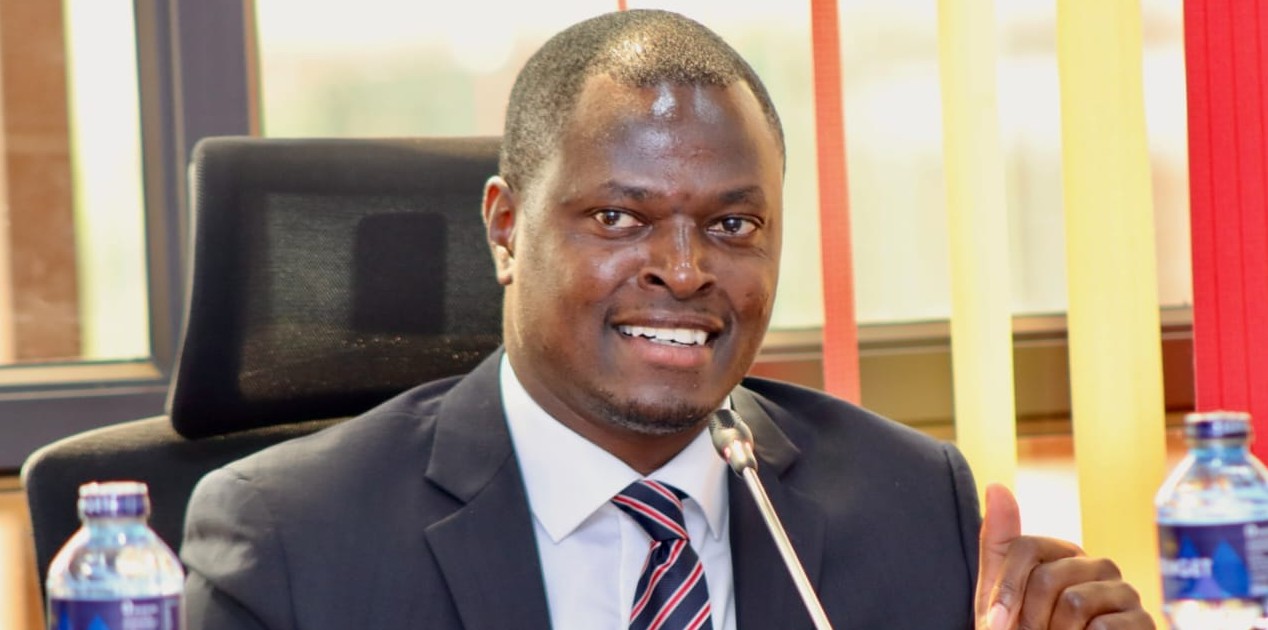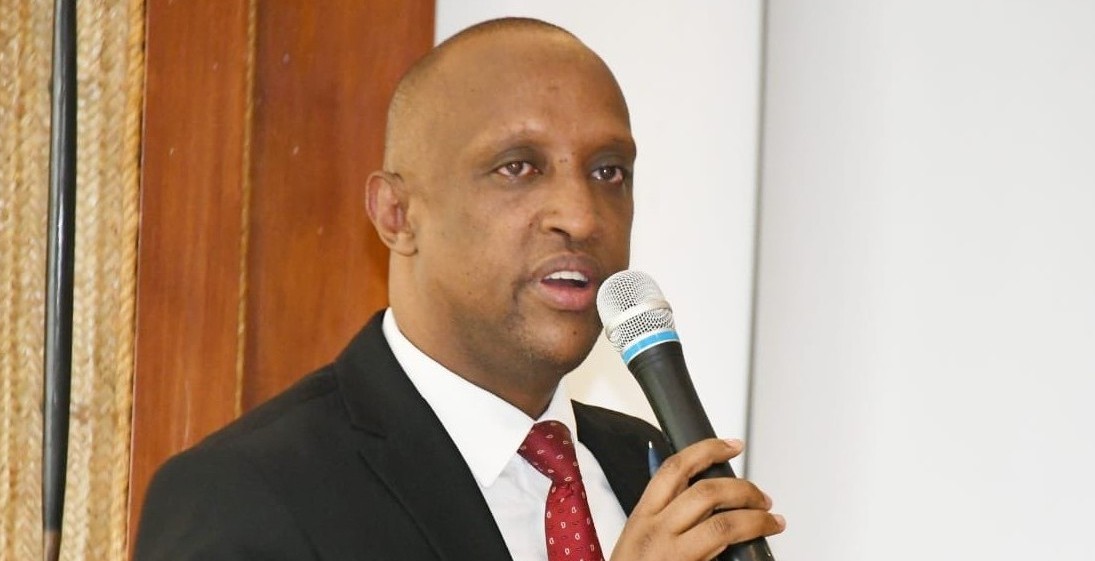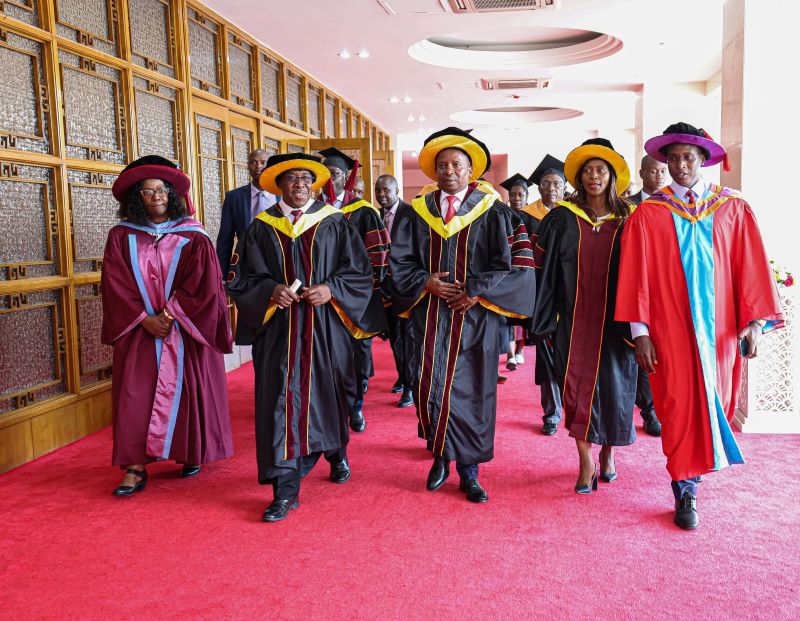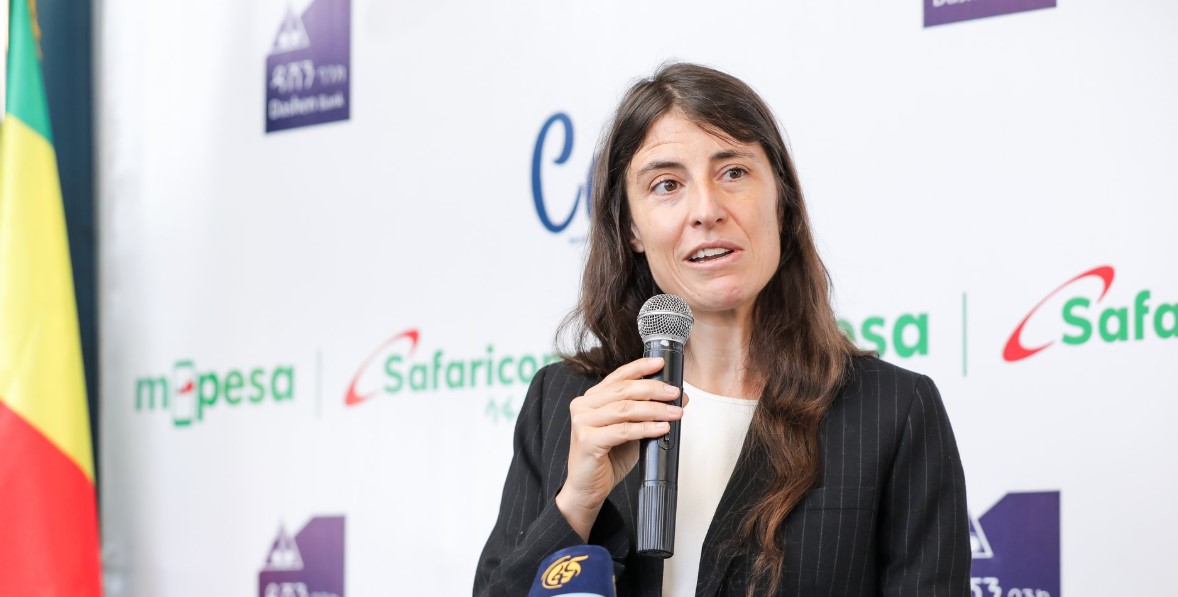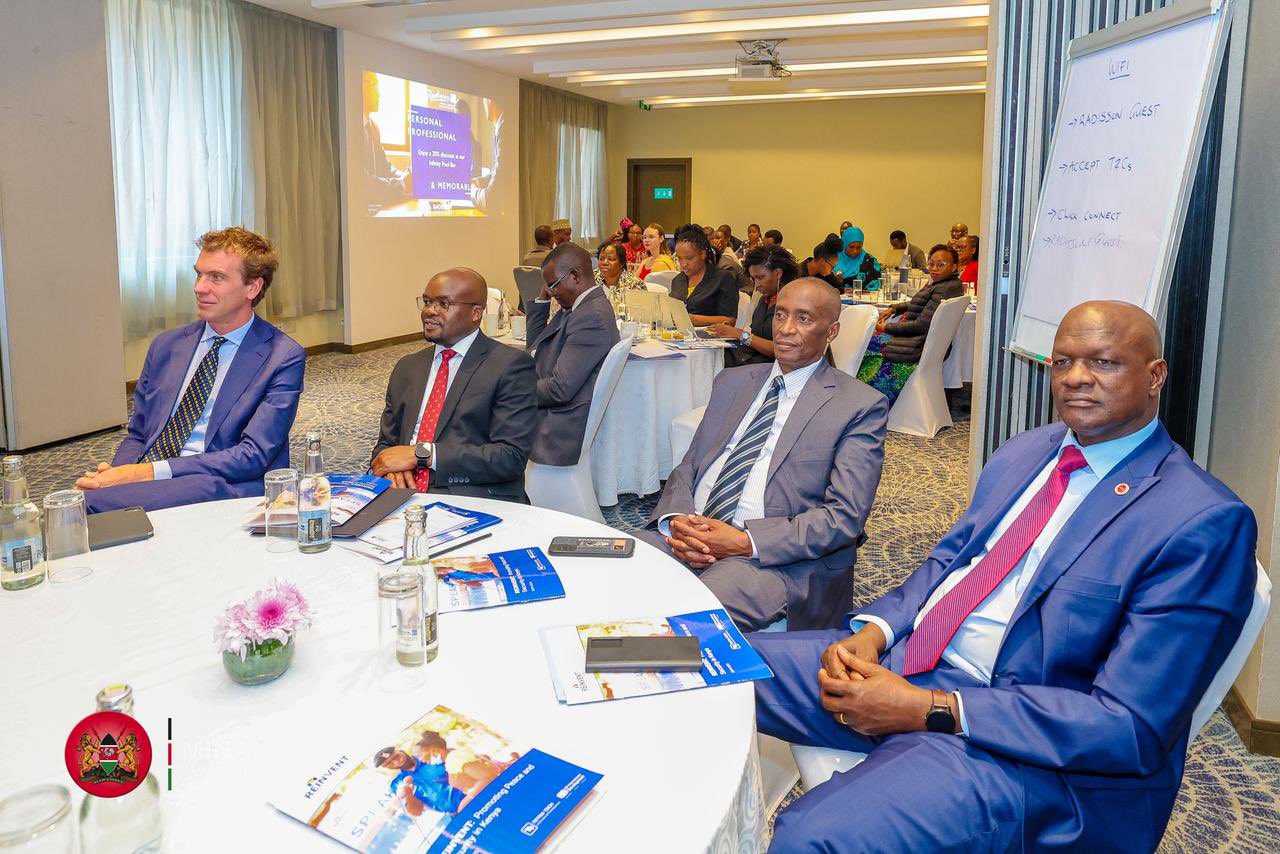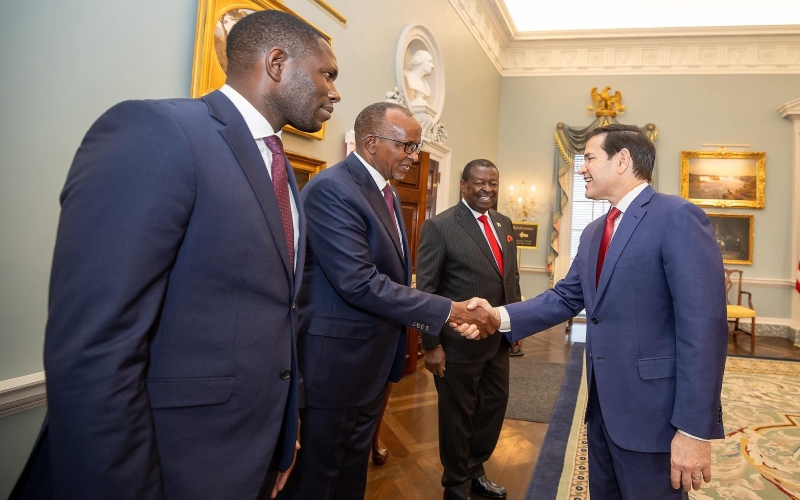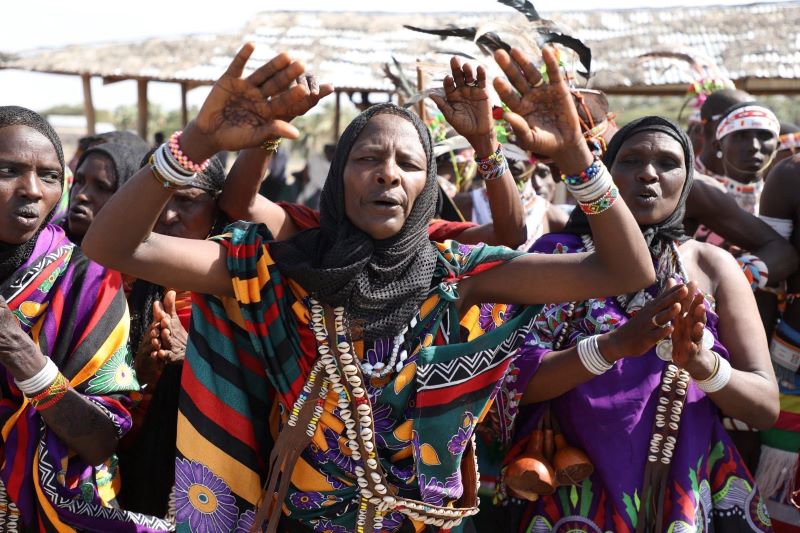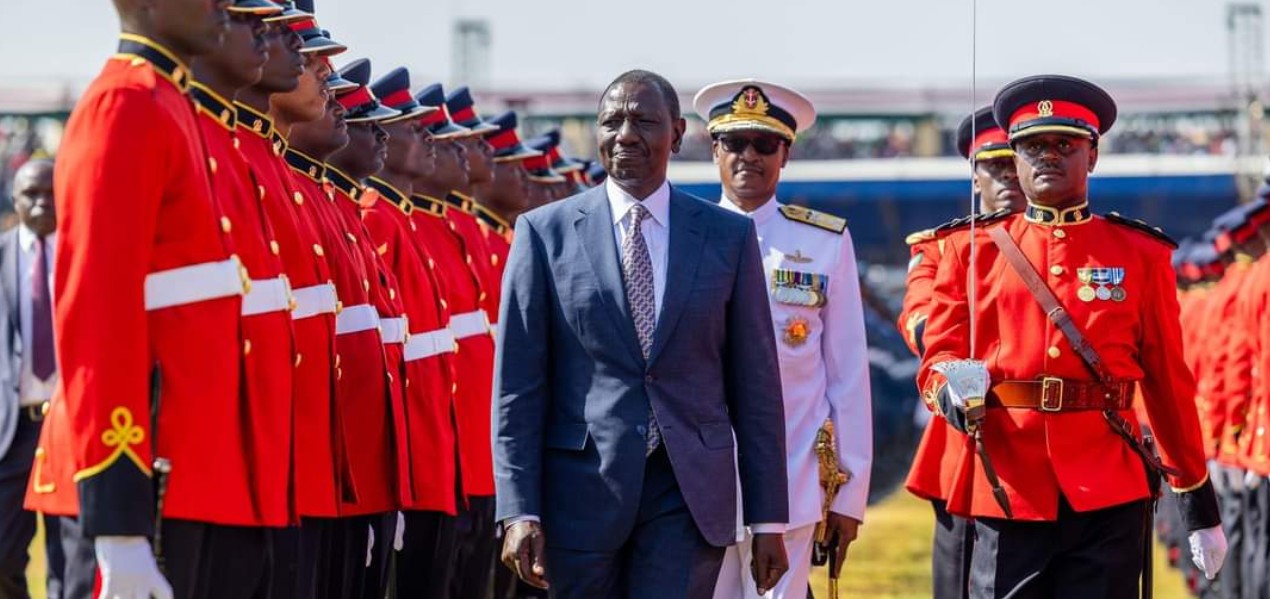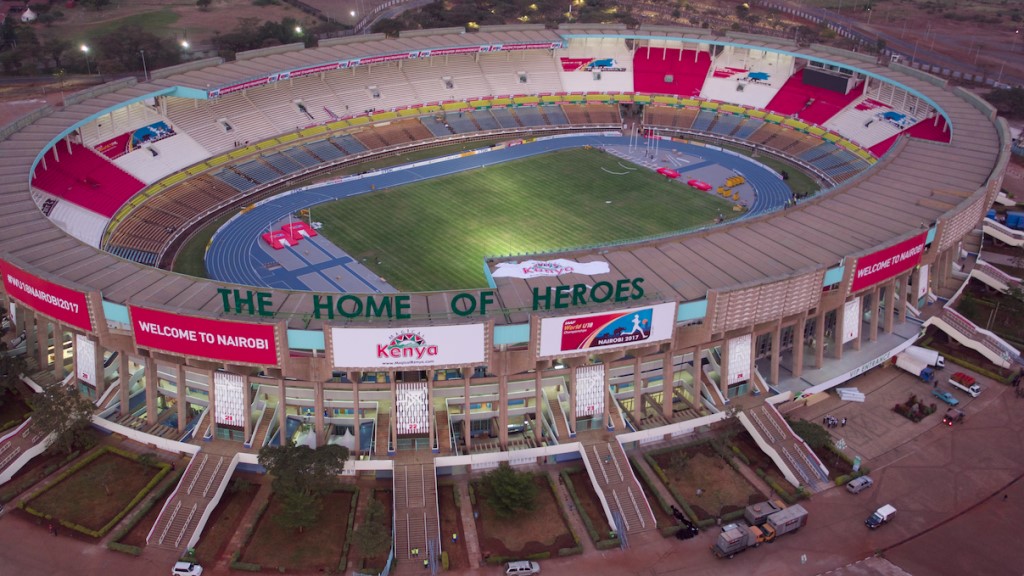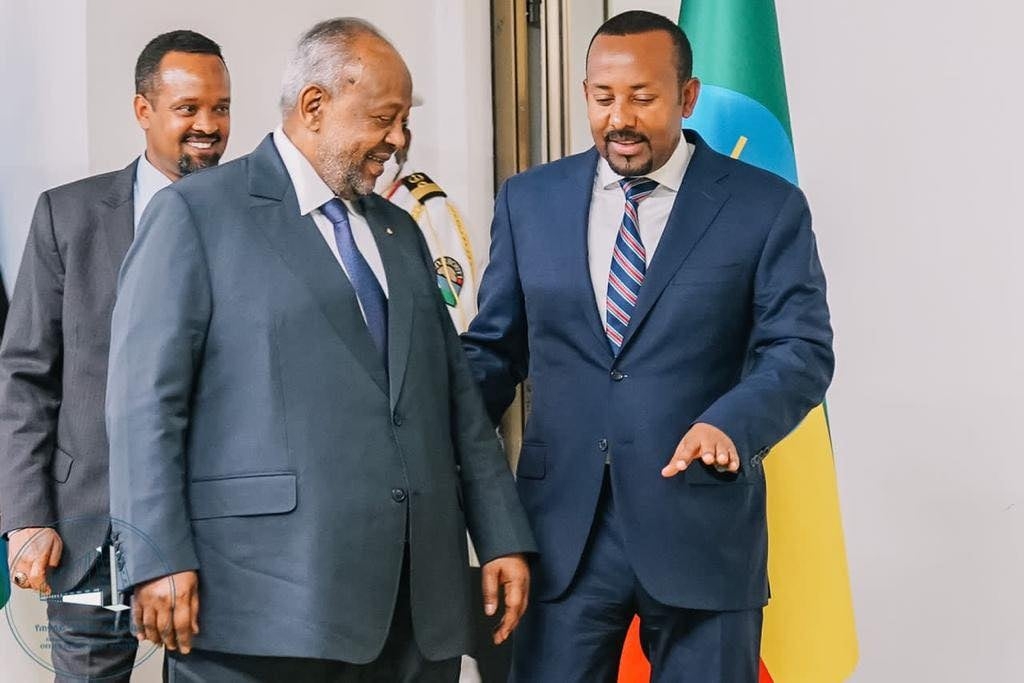Trapped in isolation: The silent battle of Kenya’s young cancer patients
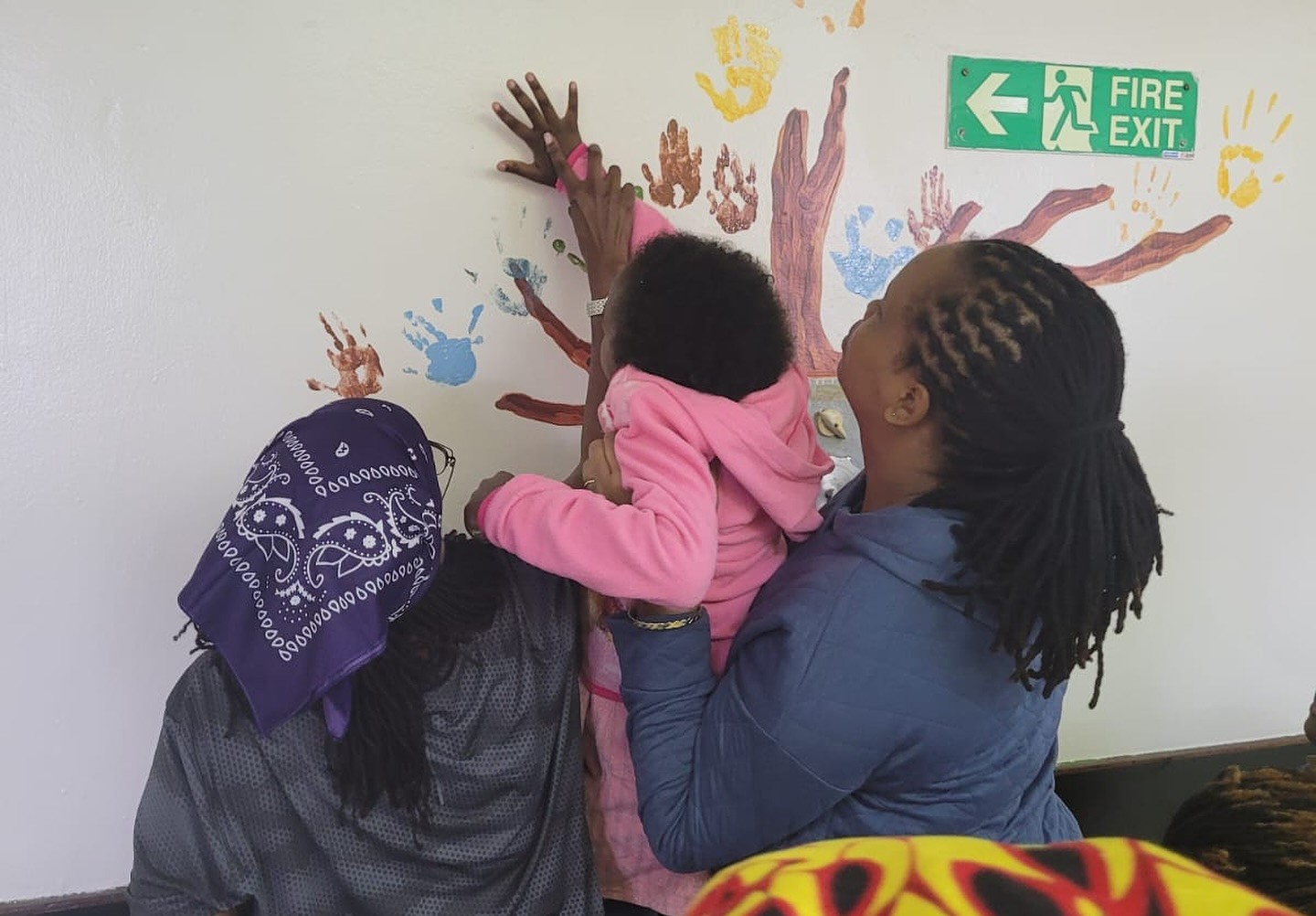
In Kenya, childhood cancer accounts for 80 per cent of young lives, mostly due to late diagnosis and the crushing cost of treatment.
As we walk through the cancer ward, my eyes are drawn to a young girl, no more than six years old, lying helplessly on her bed.
Tubes and needles pierce her fragile body, yet she remains silent, unable to utter a word. All she can do is watch longingly as her fellow patients, some just as frail as she is, roll out for their Thursday art session, organised by the Hope for Cancer Kids foundation.
More To Read
- Ruto announces increase in cancer treatment cover to Sh800,000 under SHA from December 1, 2025
- Study shows women under 50 face higher risk of colon growths from ultra-processed foods
- KUTRRH introduces groundbreaking nuclear therapy for advanced prostate cancer
- Over 29,000 Kenyans die of cancer yearly as high costs force them to abandon treatment
- Study reveals why colorectal cancer resists immunotherapy
- Over 100 facilities accredited by SHA to provide cancer care after protests
When our eyes meet, I see a deep yearning—a child who longs to play, to run, to simply be a child. But she is bound to her bed, her fate sealed by the cruel grip of cancer. Later, I learned that she is in the final stages, where only palliative care can ease her transition. There is nothing more that medicine can do, except offer comfort in her last days.
In Kenya, childhood cancer accounts for 80 per cent of young lives, mostly due to late diagnosis and the crushing cost of treatment. A silent battle rages in these hospital halls, where hope flickers but never quite fades.
As we reach the play area, the children begin to gather, eager for a rare escape. A spark of excitement fills the air as they settle in for the art session—a moment where they are not patients, but children again. For an afternoon, they forget the sting of injections, the nausea from chemotherapy, and the looming shadow of death. Despite their pain, they push themselves to play, to create, to embrace joy, even if just for a little while.
The Hope for Cancer Kids team gives instructions for the day, encouraging the children to read, paint, and colour. Their small hands move eagerly, pouring their hearts into handmade cards—some addressed to their siblings, others to teachers they may never see again. Some write silent prayers to God. Others simply enjoy the colours, letting their imaginations run free.
Some hesitate, lost in thought, unsure of what to write. Others excitedly show off their work, craving recognition from the volunteers they now see as their teachers—the only familiar faces in a world of doctors, medicine, and hospital beds.
Every Thursday, Kanyi Ohawa, the board chairperson of Hope for Cancer Kids, walks through the corridors of Kenyatta National Hospital with her team, bringing comfort and support to children battling cancer.
Over the years, she has become a familiar face, a source of encouragement for young patients who spend months—sometimes years—within the hospital walls. Some of these children are abandoned by their families, a reality that weighs heavily on her heart.
"Watching a child succumb after investing so much in their journey is heartbreaking, some of these children come from extremely poor backgrounds, and their parents are unable to visit frequently. Many spend months without seeing a loved one."
Psychological support
Hope for Cancer Kids began its hospital visits in 2018, to offer emotional and psychological support to young cancer patients. Over time, they have witnessed remarkable improvements in the children’s spirits.
"It’s fulfilling to know that we are filling a crucial gap these children feel free with us. We try to bridge the gap by ensuring they continue learning even while in the hospital. Some stay out of school for years due to their illness."
However, ignorance and stigma surrounding childhood cancer remain significant barriers to early diagnosis and treatment. "Some families still believe cancer is a curse," Ohawa notes. "For others, the financial burden is overwhelming, leading them to abandon their children at the hospital—even after they have started their healing journey."
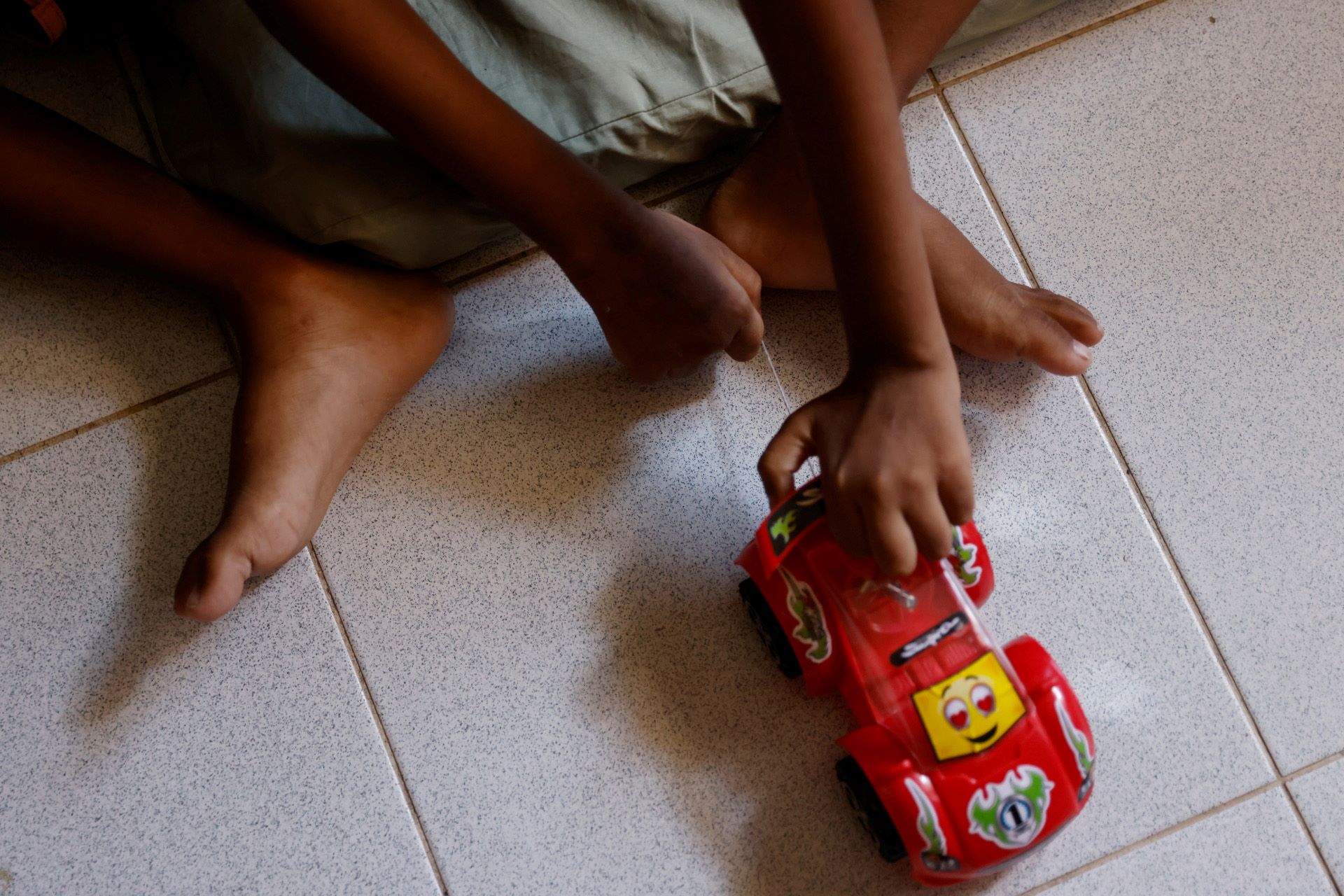 S. Saksan plays with a toy car at a cancer care transit home near Apeksha Hospital, Sri Lanka, August 11, 2022. (Photo: REUTERS/Kim Kyung-Hoon)
S. Saksan plays with a toy car at a cancer care transit home near Apeksha Hospital, Sri Lanka, August 11, 2022. (Photo: REUTERS/Kim Kyung-Hoon)
To help the children cope, the team introduced art therapy, which allows young patients to express their emotions, fears, and dreams. "Through art, we’ve seen children light up. It gives them a voice, a way to share their struggles and hopes. Even in sickness, they can still dream," she says.
Yet, every loss is painful. "It never gets easier," Ohawa admits. "Some of these children become like family, and when they pass away, it breaks you. But you return because there’s always another child who needs you."
The challenges facing these young patients and their families are immense. Many parents abandon treatment due to financial constraints, while others travel long distances to seek medical care with nowhere to stay. In the worst cases, children are left alone in hospital wards, leaving social workers scrambling to find them homes.
To address these issues, Hope for Cancer Kids is advocating for increased funding—not just for medical treatment but also for essential support services.
"We want to establish an accommodation centre, so parents don’t have to worry about where to stay," Ohawa explains. "Even something as simple as providing a hot meal can make a huge difference."
Since its inception, and even through the challenges of the Covid-19 lockdown in 2020, the foundation has remained steadfast in its mission to improve the quality of life for young cancer patients. Ohawa’s appeal is clear: more people need to step up. "We need more volunteers, more resources, and policies that make cancer care affordable. These children need us."
Sidney Chahonyo knows the harsh realities of cancer all too well. At 19, just as he was preparing for his visa to travel abroad for his studies, his life took an unexpected turn—he was diagnosed with nasal and sinus cancer. The journey that followed was marked by loneliness, pain, drastic weight loss, and an emotional toll that few could understand. Now in his 40s and a survivor, he is a dedicated member of Hope for Cancer Kids, working to support young patients who, like him, are navigating an isolating and difficult journey.
"Cancer is incredibly lonely," Chahonyo says. "Some of these children go for months without seeing their families. They not only battle the disease but also face stigma—from their communities and, heartbreakingly, even from their own siblings."
Reintegrating into society after treatment is another struggle. In schools, some children are shunned because of myths surrounding cancer. "There are parents who tell their children not to play with cancer survivors, fearing it’s contagious," he explains. "This makes healing even harder for these young patients, who are already trying to make sense of their condition."
Beyond the emotional and social challenges, cancer places an immense financial burden on families. "Some siblings resent their sick brothers or sisters because all the money and attention shift towards the treatment. Parents, especially those from far-flung areas, often can’t afford daily hospital visits," Chahonyo notes.
Impossible choices
As part of Hope for Cancer Kids, he has seen firsthand the struggles of families forced to make impossible choices. "Some parents disappear for months, desperately trying to raise money for treatment. We once had an accommodation centre to support these families, but after Covid-19, we had to shut it down. Now, we are working towards reopening it," he says.
For families from distant counties with no relatives in the city, the cost of travel and lodging often forces them to abandon treatment altogether. "If we can provide accommodation, it will ease the burden and give these children a better chance at recovery," Chahonyo emphasizes.
His mission as a survivor and advocate is clear: no child should have to battle cancer alone. Through Hope for Cancer Kids, he continues to push for change—breaking the stigma, offering relief to struggling families, and ensuring that every child, regardless of their background, has access to care and dignity in their healing journey.
As part of their efforts to raise awareness, Hope for Cancer Kids also plans to visit schools to educate students and promote better integration for children recovering from treatment. By fostering understanding and reducing stigma, they aim to ensure that young survivors are welcomed back into their communities with support and compassion.
According to data from Kenyatta Teaching and Referral Hospital, pediatric cancer is an increasing health challenge in the country, with an estimated 3,200 new cases diagnosed annually among children and adolescents. However, many cases go unreported due to barriers to healthcare access and early diagnosis, meaning the actual number could be much higher. Cancer is now the third leading cause of death in Kenya and poses a significant health burden for children.
Survival rates for pediatric cancers in Kenya remain significantly lower than in high-income countries, largely due to late-stage diagnosis, limited specialized treatment options, and inadequate healthcare infrastructure.
While survival rates in developed countries range between 80-90 per cent, in Kenya, they are estimated at just 20-30%.
The situation is further exacerbated by delayed medical attention, frequent misdiagnosis, and long travel distances to cancer treatment centres, making timely intervention and effective care even more challenging.
 Rathis Supiksa, 7, who has both blood cancer and bone cancer in her leg, has lunch on a bed at a cancer care transit home near Apeksha Hospital, Sri Lanka, August 15, 2022. (Photo: REUTERS/Kim Kyung-Hoon)
Rathis Supiksa, 7, who has both blood cancer and bone cancer in her leg, has lunch on a bed at a cancer care transit home near Apeksha Hospital, Sri Lanka, August 15, 2022. (Photo: REUTERS/Kim Kyung-Hoon)
The World Health Organisation (WHO) highlights that while childhood cancer is less common than in adults, it remains a significant global health concern, with approximately 400,000 children and adolescents diagnosed annually.
Survival rates vary dramatically depending on location—while more than 80 per cent of children in high-income countries survive, the figure drops to less than 30% in low- and middle-income countries (LMICs) due to factors such as late diagnosis, limited access to care, treatment abandonment, and inadequate supportive services.
The most prevalent childhood cancers include leukaemias, brain tumours, lymphomas, and solid tumours like neuroblastoma and Wilms tumour. Unlike adult cancers, most childhood cancers have no known cause, with studies indicating that environmental and lifestyle factors play a minimal role. Because prevention is largely impossible, the best approach to improving outcomes is early detection and prompt, evidence-based treatment.
Early diagnosis is crucial, as detecting cancer in its initial stages leads to higher survival rates, reduced suffering, and less aggressive, more affordable treatment. The WHO outlines three key components of early diagnosis:
Raising awareness of symptoms among families and healthcare providers,
Accurate and timely diagnosis, including staging to determine how far the cancer has spread,
Ensuring prompt access to treatment, which may involve surgery, chemotherapy, or radiotherapy.
Additionally, palliative care plays a vital role in supporting children and their families, particularly in cases where a cure is not possible.
Community and home-based care programmes offer pain relief, psychosocial support, and access to essential medications, ensuring that children receive dignified, compassionate care.
However, only 29 per cent of low-income countries report having cancer medicines readily available, compared to 96 per cent in high-income countries, highlighting the urgent need for improved access to life-saving treatments.
Top Stories Today
